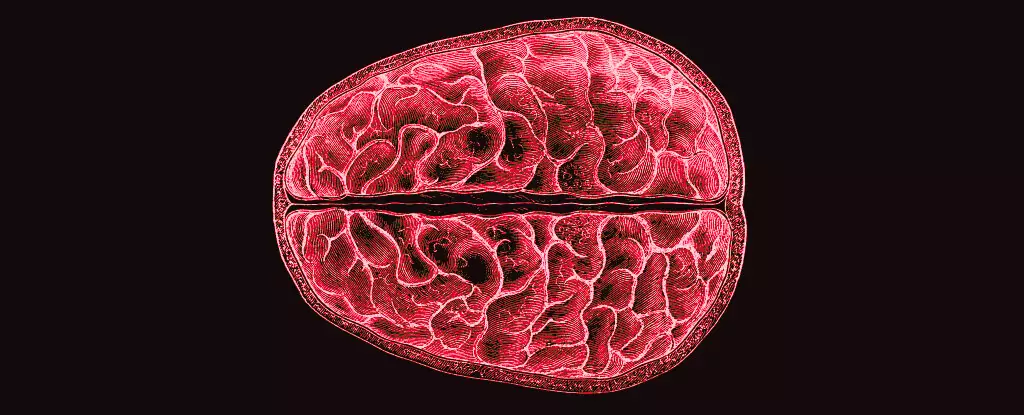The fascinating interplay between hormones and the human brain during the menstrual cycle is a field that has often been overlooked or superficially explored. Traditional research has primarily focused on how hormones influence behavior, particularly cognition, while neglecting the structural and physiological alterations that accompany these hormonal fluctuations. However, recent discoveries, particularly those spearheaded by Elizabeth Rizor and Viktoriya Babenko from the University of California, Santa Barbara, have begun to illuminate this complex relationship. Their groundbreaking study has revealed insights into how the menstrual cycle not only directs reproductive functions but also orchestrates structural changes within the brain itself.
The Research That Shifts Paradigms
In a meticulously designed study, 30 women were observed throughout their menstrual cycles, as researchers captured MRI scans and hormonal levels at three critical phases: menses, ovulation, and mid-luteal. This comprehensive approach provided a nuanced understanding of the synchronization between hormonal fluctuations and structural changes in the brain. The results contradicted the previous assumptions that brain changes were confined to certain regions involved in reproductive functions. Instead, the researchers found that shifts in hormone levels impact white matter microstructure and cortical thickness across a broader swath of the brain, illustrating that the influence of hormones is both extensive and profound.
The study’s findings indicate that during the follicular phase, particularly pre-ovulation, hormones like 17β-estradiol can enhance white matter integrity, suggesting elevated efficiency in neural communication. Conversely, as progesterone levels rise after ovulation, noticeable changes in the volume of gray matter and cerebrospinal fluid were recorded. This multifaceted approach signals a turning point in our understanding, emphasizing that the menstrual cycle’s impact transcends mere reproductive health, entering the realm of neurological development and cognitive function.
The Unexplored Terrain: The Menstruation Gap
There exists a conspicuous gap in menstrual health research—a disconnect that leaves many questions unanswered for a phenomenon that affects half the world’s population for significant portions of their lives. While the societal stigma surrounding menstruation has contributed to this lack of research, the potential implications of understanding how menstrual cycles affect brain structure are immense. The disparity in research focus raises critical questions about the systemic neglect of women’s health issues and the ramifications for both mental and physical health.
The data compiled by Rizor, Babenko, and their colleagues mark an important stride towards bridging this gap. It raises significant discussions about how hormonal fluctuations correlate with various mental health outcomes, particularly in relation to conditions like PMDD (Premenstrual Dysphoric Disorder) and other menstrual-related mood disorders. Recognizing and understanding these structural changes may offer a path toward new treatment modalities aimed at alleviating these debilitating symptoms and enhancing overall well-being.
Implications Beyond Reproduction
Every menstrual cycle, a woman can experience up to 450 unique hormonal shifts; this biological cadence underscores the importance of further research into the ramifications of these cyclical changes. As the findings suggest, the periods of peak hormonal activity correspond with notable alterations in brain structure, which may have repercussions not only on cognitive capabilities and emotional health but also on everyday functionality.
Understanding this complex interplay opens the door to enhanced medical practices and societal perspectives on women’s health. By acknowledging that these shifts are linked to cognitive and emotional experiences, healthcare professionals may be better equipped to advocate for individualized care that recognizes the cyclical nature of women’s health.
While the current discoveries lay a solid foundation for future investigations, they also highlight an urgent necessity to delve deeper into the underexplored interactions between hormones and cerebral structure. This knowledge has the potential to transform how we view women’s health and mental well-being, encouraging a paradigm shift that embraces this complexity and values the unique biological rhythms of women.


Leave a Reply